What's happening to Northern Ireland's high streets?
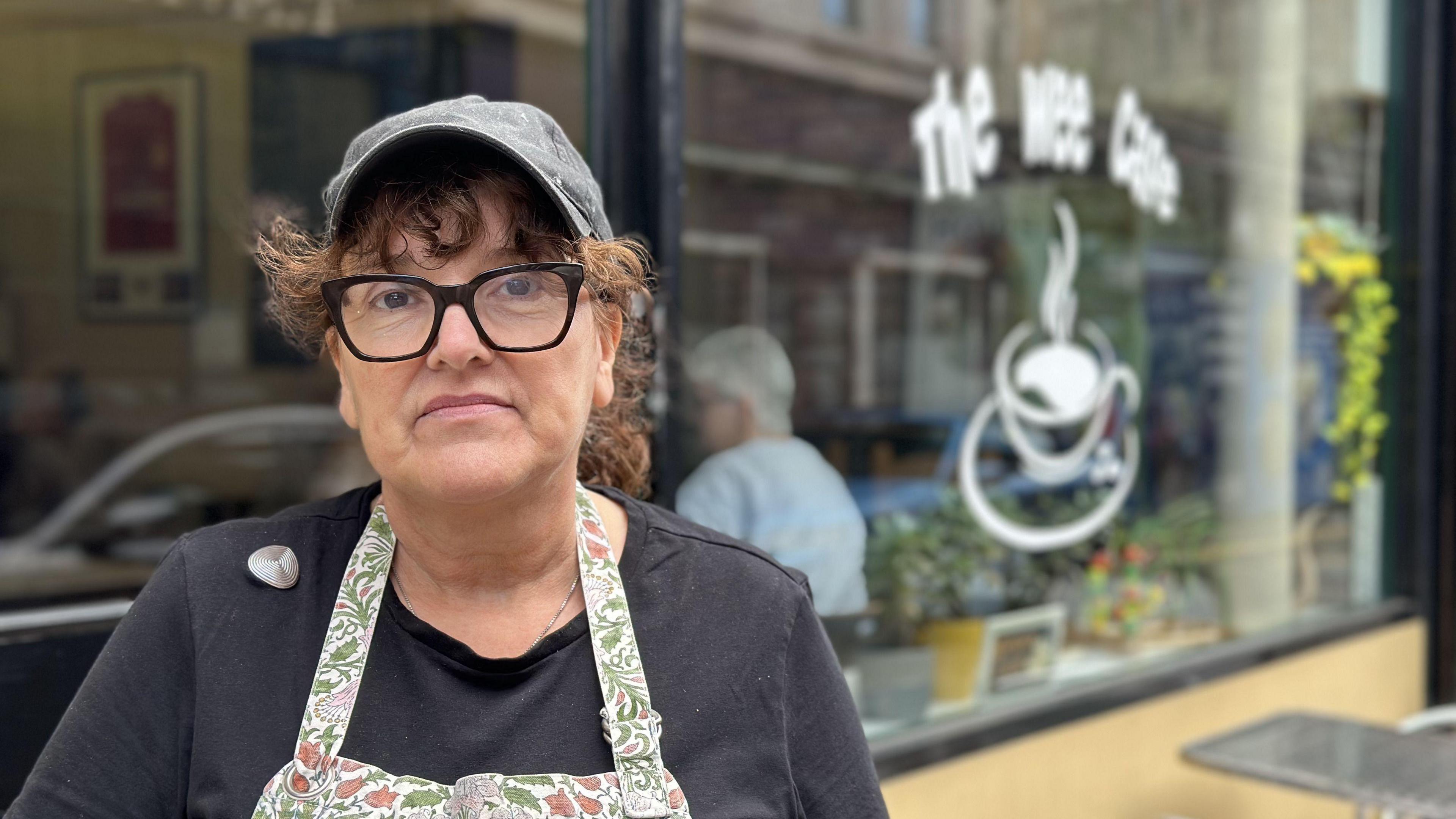
Karin says the street where her cafe is situated could thrive again
- Published
Closing sale signs and boarded up windows have become regular fixtures on our high streets in recent years.
About 23% of non-domestic units, nearly 5,000 in total, in Northern Ireland are unoccupied, according to the Department for Communities, a number that has been slowly increasing since 2023.
These include shops, pubs, offices, church halls and more in towns of more than 5,000 people.
Those still operating must contend with the popularity of online shopping, rising rents, parking charges, higher national insurance payments and growing utility bills.
BBC News NI visited three town centres to speak to locals about the challenges and possible solutions they want to see on their high streets.
Dereliction and dilapidation in Larne
Dunluce Street was once one of Larne's busiest shopping streets, but only a handful of stores remain.
Karin McDowell owns The Wee Cafe and said they wouldn't still be there if it wasn't for regular customers.
"The street has been a good street and could be again, but I think the businesses have been left for so long."
Karin believes the buildings need "a bit of attention" and said "it's the doubt in people's minds" about the street's future that makes them want to move.
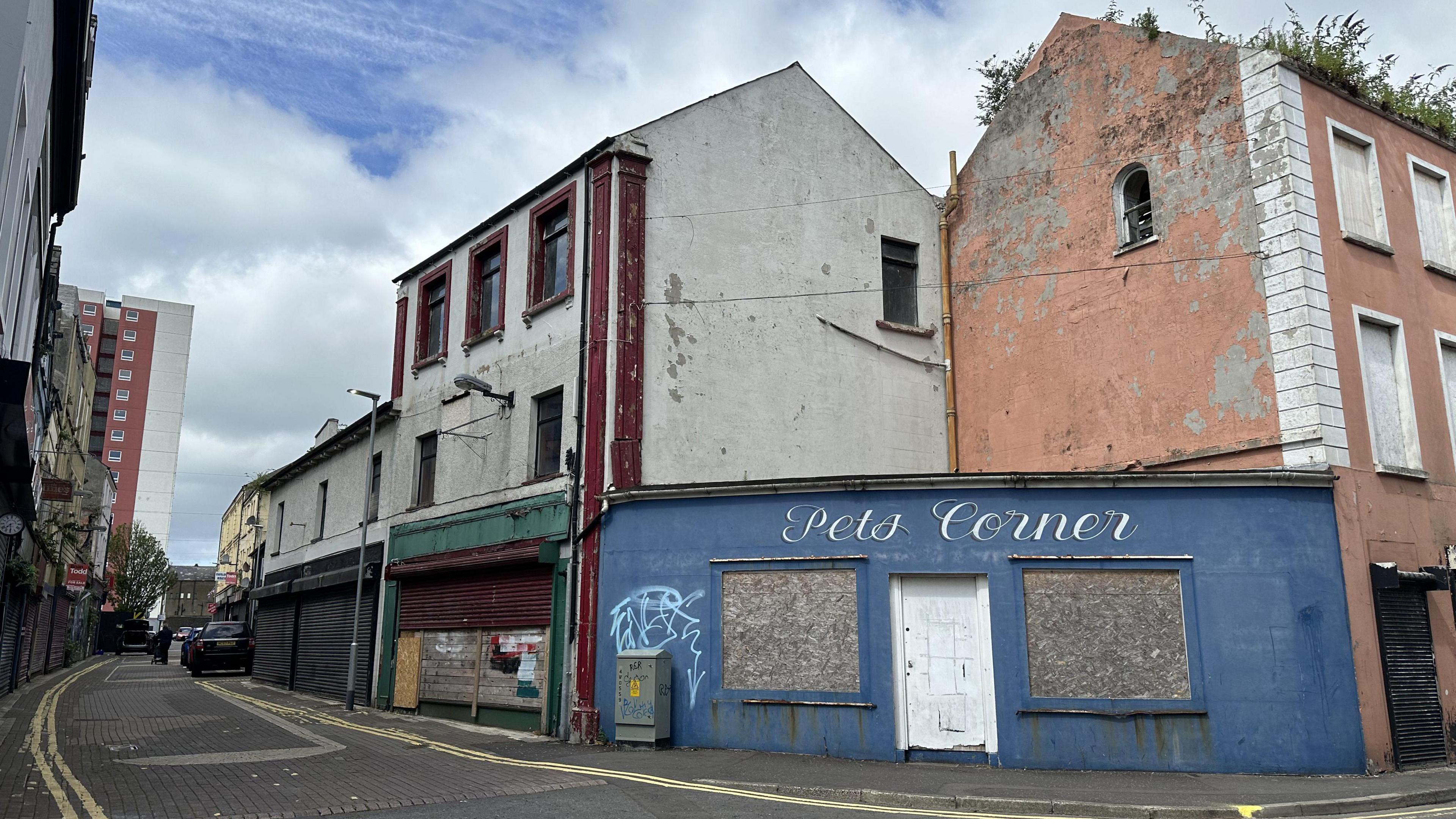
Dunluce Street was once a main shopping street in Larne but now has significant dereliction
The street was closed to traffic for 18 months in 2023 due to the condition of one derelict building.
"It was hard for a while," said Karin.
"A lot of our customers needed access from the street because of disabilities...some of them couldn't get to us."
Dunluce Street reopened in May 2024 after Mid and East Antrim Borough Council obtained legal approval to undertake repair works.
Karin said a lot of customers have since returned but the rising costs of ingredients, rent and rates also "make things harder".

Tom McMullan thinks a new bill could help Larne's "quite significant" dereliction problem
A new bill, progressing through the Northern Ireland Assembly, aims to force property owners to carry out repair works to run down buildings.
The Dilapidation Bill, external, if passed, would also mean councils could carry out work and recoup costs from land owners.
Tom McMullan from the Larne Business Forum said this could help Larne's "quite significant" dereliction problem.
"There are about 70 vacant properties in the town...but if you look at our neighbouring district of Antrim and Newtownabbey, the total number of derelict properties in that entire borough is 65."
The Larne Business Forum said it is working with Mid and East Antrim Council on a regeneration grant to help landlords bring derelict properties back into business.
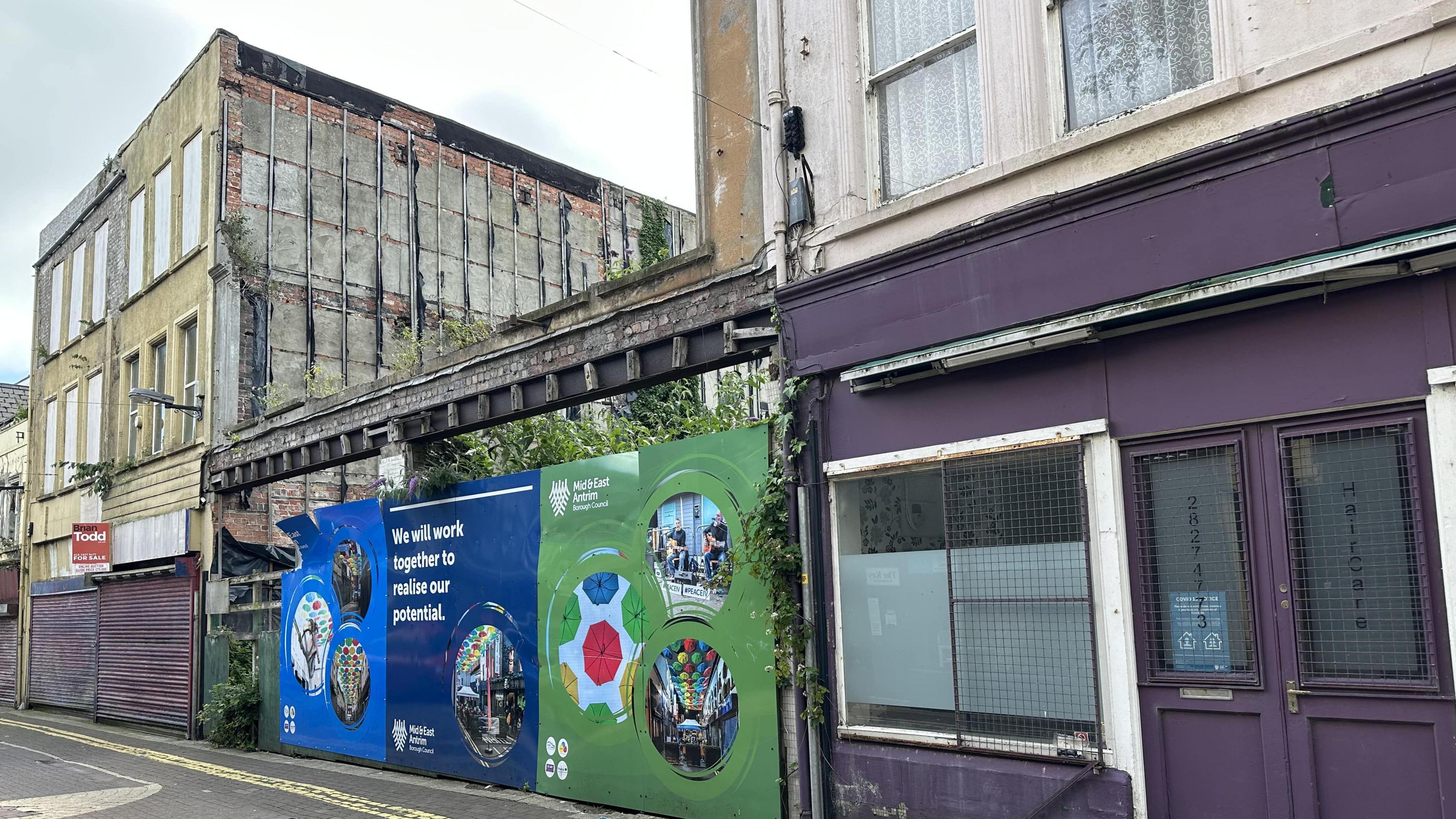
The street was closed to traffic for 18 months due to the condition of one of the buildings on Dunluce Street
Rates, rents and railways in Lurgan
At the bottom of William Street in Lurgan, in County Armagh, is one of the town's three level crossings.
As the number of Belfast to Dublin train services increased last year, so did the disruption.
"This is the main arterial route to the town centre," said Jim Conway, who has campaigned to highlight the problem.
"But it isn't the only crossing - there are three of them. I've counted it up and together they cause 90 roadblocks a day."
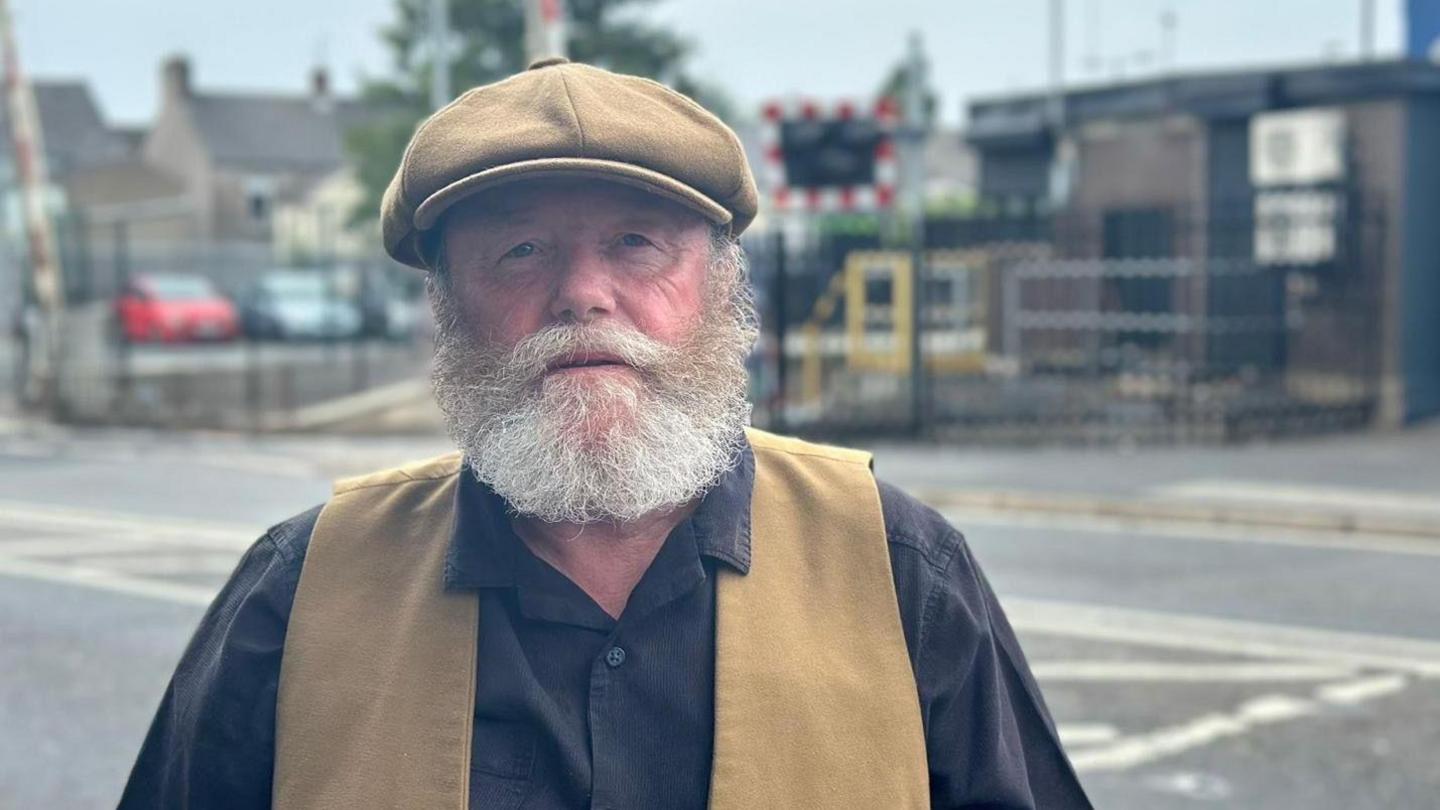
Jim Conway campaigns to highlight Lurgan's congestion
Martina Hoey at Cafe Vibe described the situation as a "nightmare".
"Customers want to nip in and get a quick bite to eat but they're sitting in traffic for ages."
Sinead McMahon of Danann Crafts said there is further frustration that the intercity train does not even stop in the town's station.
"When the traffic isn't backed up it's completely derelict and traders are talking to each other across the street because there's not a sinner about."
According to figures from the Department for Communities, Lurgan had 94 vacant non-domestic units as of April 2025, 19% of the total.

Martina Hoey claims the traffic is affecting her business
Perhaps the closest business to the gates is Bernie O'Neill's Bridal Shop.
"Sometimes it's to our benefit as brides will be stuck in the traffic and see something in the window then they'll ring us or email us," she said.
But Bernie said at other times brides-to-be are ringing to say they are stuck on the wrong side of the tracks which can impact appointments.
For Bernie another challenge is bills. She pays around £20,000 in rates, plus nearly £42,500 in rent.

Bernie O'Neill has mixed views on the impact of the gates
The Department for Infrastructure said it is working towards solutions and had revised the train timetable to minimise the impact.
"Consequently, barrier downtimes have increased slightly during the morning peak from 18 minutes per hour to 20 minutes but there has been no change in the evening, staying at 22 minutes per hour.
"The department is currently assessing an outline business case for a new signalling project for the Lurgan area."
For Sinead this will come too late, she has decided to close her shop and move online.
"Rent has got high, rates have got high, electricity has got high, gas is getting high.
"At the moment those bills can be paid for if you get people coming into town. But that is not happening so we can't sustain the business the way we want to."
Betrayed by the banks in Lisnaskea
The people of Lisnaskea, County Fermanagh, feel their town has been overlooked by government and council decisions and especially by the banks.
Lisnaskea had four banks at one point. The last one closed in March 2024 and an application for a banking hub was rejected earlier this year.
According to Fermanagh and Omagh Council, 18% of commercial properties in the town are unoccupied.
Fermanagh's second largest town, Lisnaskea's population of 3,000 is dwarfed by Enniskillen's 14,000 inhabitants.
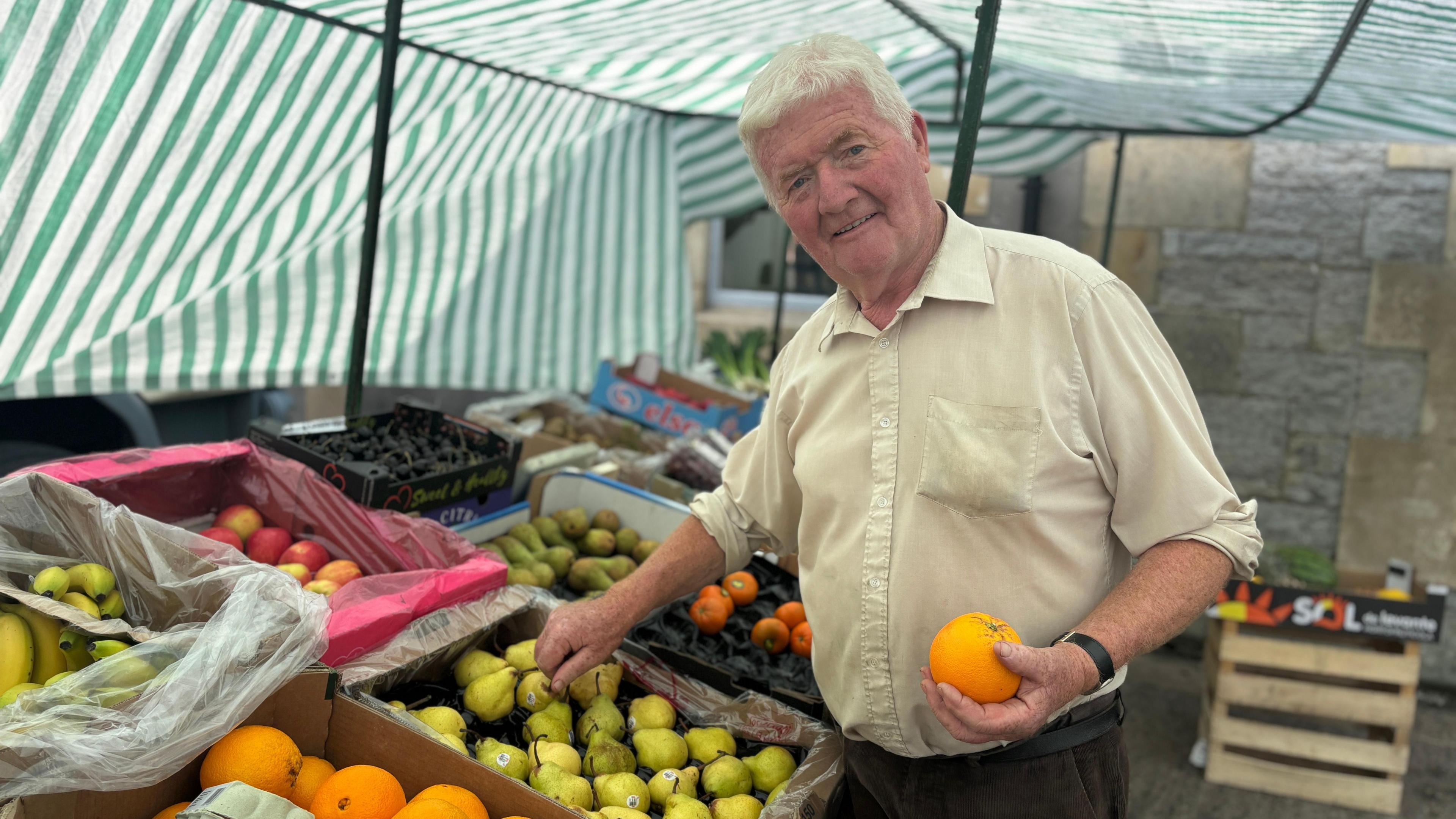
Terry McConnell has sold fruit and veg in Lisnaskea for decades
Family run Cherry Tree Home Bakery has been a feature on the town's main street for over 50 years.
Owner Ashley Charles said the bank closures have created a logistical challenge.
"To go to the bank in Enniskillen you're talking about probably two hours. The time to get in, get parked, and get back out to Lisnaskea," Ashley said.
"If I was setting up a business now I'd be certainly thinking about Enniskillen. But Lisnaskea is a brilliant little market town. We've a sense of community, we have people coming here for all their lives, and we know them all by name."
A sharp drop in footfall
Terry McConnell, who has sold fruit and vegetables in Lisnaskea for 47 years, said the town isn't busy enough to sustain his business.
"Things got steadily worse with the removal of the banks, and I would notice a sharp drop in footfall since that happened.
"It's tough - I only come here two days a week. I wouldn't say it's a town that can support an independent fruit shop seven days a week."
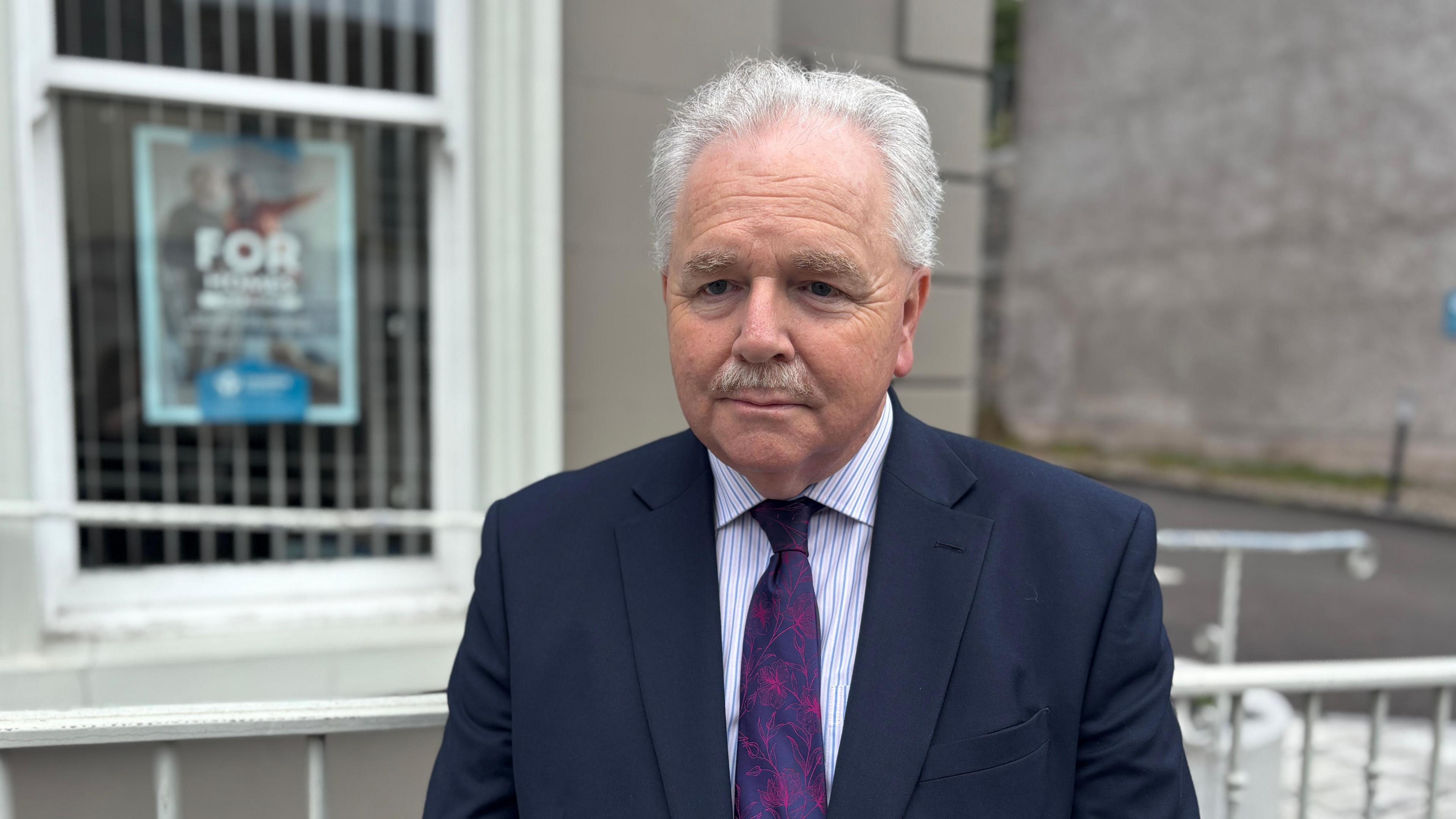
Brian Charity is the Chairman of Lisnaskea Credit Union
One business thriving without a bank is Lisnaskea Credit Union.
Chairman Brian Charity said the co-operative has "helped fill the gap" left by the banks.
"We have over 2,500 members and it could be four by this time next year because we have been enjoying a very rapid mini growth ever since the last bank in Lisnaskea closed."
The Credit Union, in its 50th year, has an asset size of about £16m which Brian credits to its "sensible" approach to finances.

Claire Mulligan says the rising population of Lisnaskea need services
Branch manager Claire Mulligan said the town needs services more than ever with a growing population.
"There's a demand for the new health centre, on the schools, on the financial services, on the shops, on the retail, so I suppose all aspects of life are affected when you have a bigger population in the area."
But Claire worries investment hasn't kept up.
"We've seen a lot of shops and businesses close. There's a lot of buildings not in use boarded up which nobody wants to see in their local town," she said.
"It's a wonderful area, a really nice part of the world but unfortunately we haven't seen that reflected in investment."
The DfC is responsible for urban regeneration in settlements with population of 5,000 people or above.
The department said that it "continues to deliver physical regeneration programmes which support the long-term viability and vitality of town and city centres".
These include public realm and environmental improvements, revitalisation schemes, urban development grants, and support for the development of business improvement districts.
Funding from schemes has been "allocated to councils to deliver measures to assist in their recovery and provide a safe environment for visitors, shoppers and workers to return," the department said.
The more recent challenges reflect changes in the way people shop and the way that communities use their high streets, the department said.
"The cross-departmental nature of town centre renewal is clear and requires collaboration between central and local government and other stakeholders to deliver solutions," a spokesperson said.
The Department is currently carrying out pilots of the "Living High Streets Craft Kit" as part of the recommendations from the Executive-led High Street Task Force Report (HSTF), published in 2022.
A £150m programme was put out for public consultation, external which would "deliver place-based regeneration and infrastructure interventions which would be developed by local councils to tackle the issues faced by our village, town and city centres".
Related topics
- Published22 May 2022
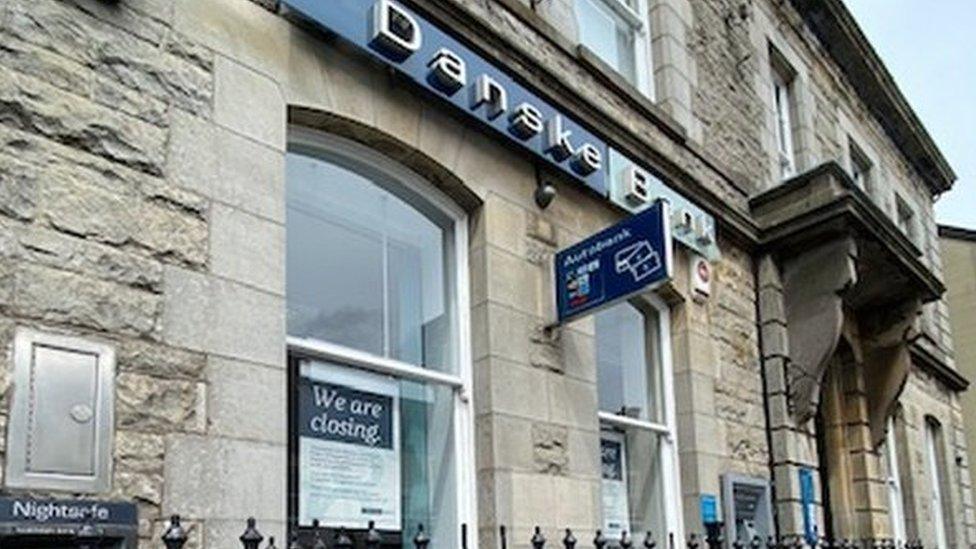
- Published30 April
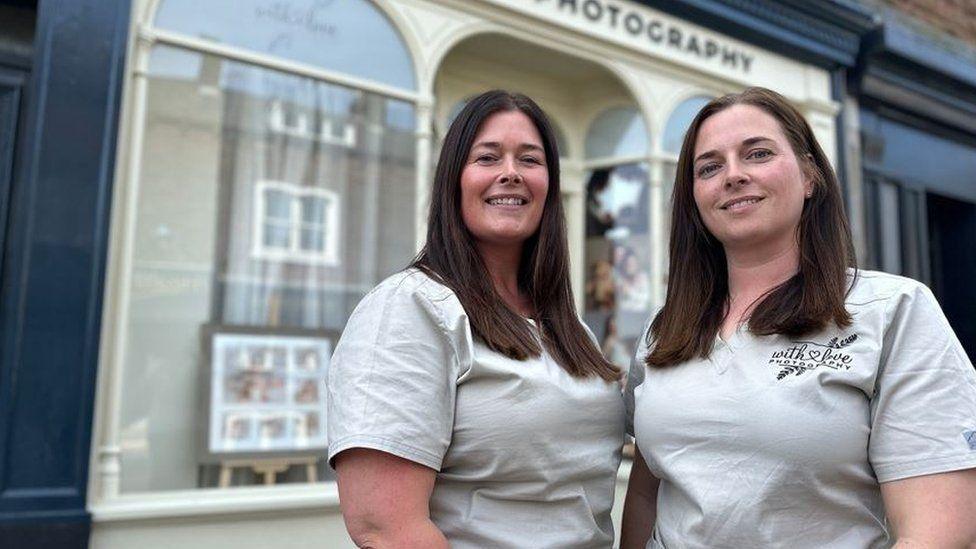
- Published26 September
